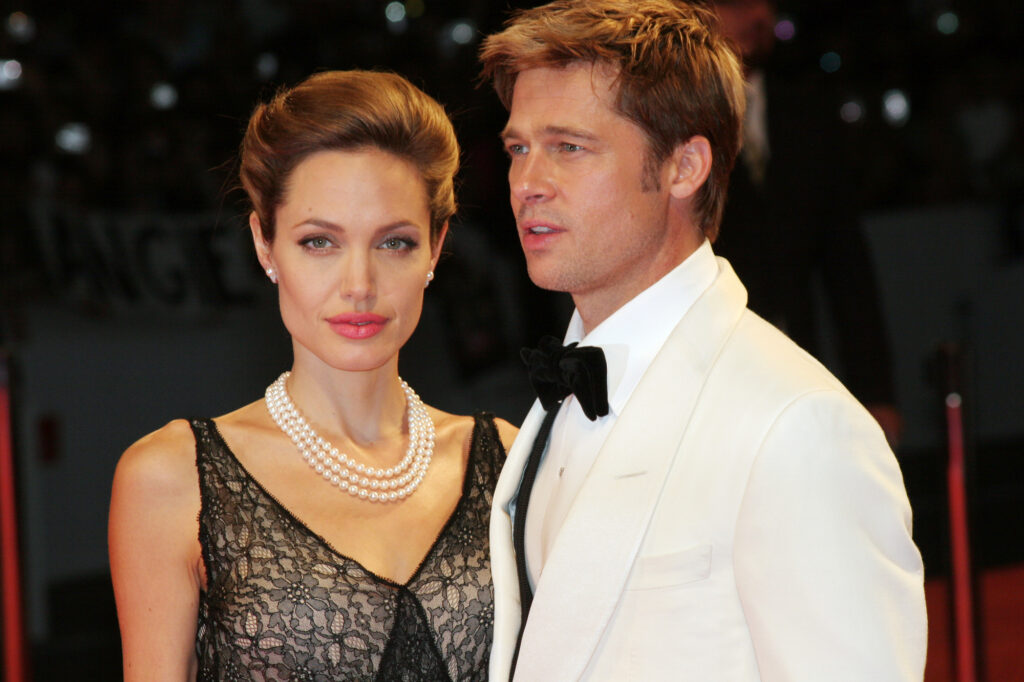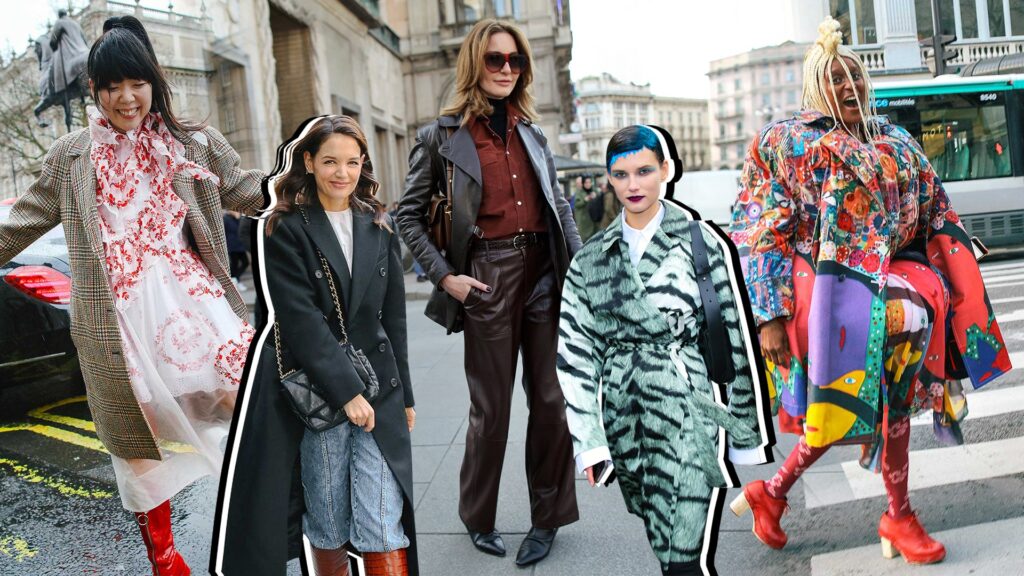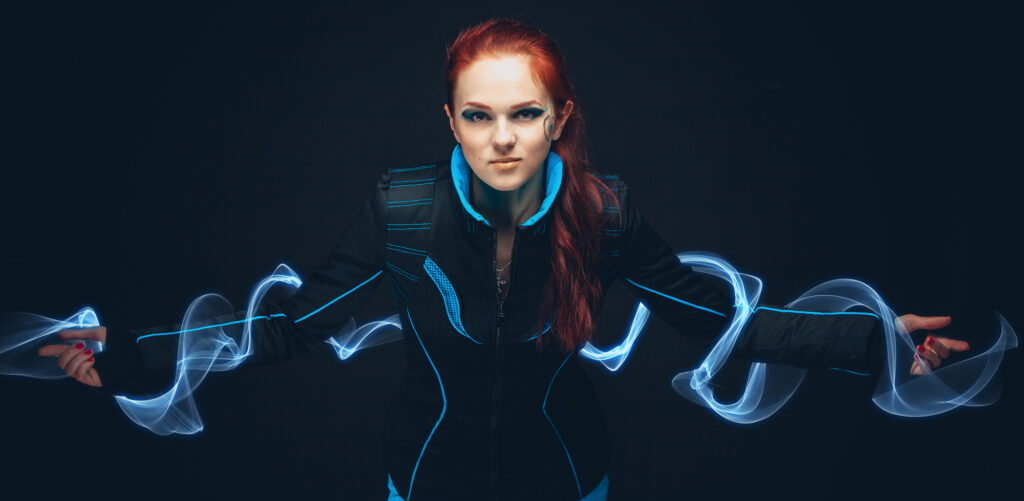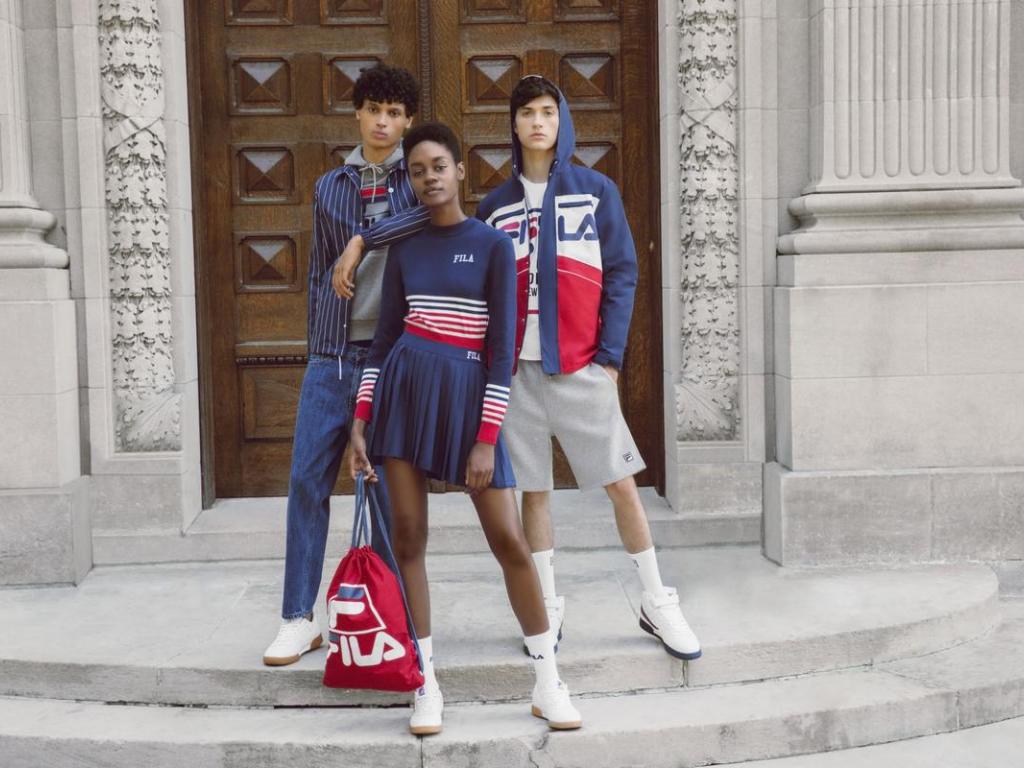A fashion trend is a distinct style that is recognized and adopted by a large number of people at a particular point in time. These trends reflect current events. What is fashionable or trendy varies with time and from culture to culture. Other factors that influence fashion trends include social status, occupation, age, sexual orientation, and geographical location.
In the fashion world, most of these trends are cyclical. People take inspiration from old trends and adjust them to fit modern tastes. So how do trends start? There are various ways in which trends are created.
The influence of designers

This is the traditional way of starting a trend. The process starts at the design house where fashion designers create items based on their imagination and creativity. This is followed by runway shows where designers introduce the new designs before the fashion press, celebrities, and other people who are considered authorities in the fashion world. The reaction from these people influences the way the general population will respond.
Usually, creators of runway fashion trends are designers from high-end fashion houses. They have been the pioneers of some of the most popular trends in fashion history. In the event their designs are well-received, there is a huge demand as people will want to add these designs to their wardrobes. From a specific target market, usually of high net-worth individuals, this trickles down to the mainstream market. Fast-fashion manufacturers take advantage of this, copy these styles, and provide affordable copies of the same for the mass market. The chain then moves to retailers in shopping malls, boutiques, and other places where consumers can access the clothing and eventually ends in wardrobes and the street.
An example of such a fashion trend happened at the New York Fashion Week in 2014 when the designer Diane von Furstenberg (DVF) launched a crop top look. This collection was very well-received and instantly became a trend that went through the chain until it appeared in the streets. It remains popular to this day. The low-rise jean, also known as the ‘Bumster’, another popular trend in the 1990s and 2000s, was created by the British designer Alexander McQueen.
The influence of popular figures

Trends can also be created by popular figures such as politicians, celebrities, and lately, social media influencers. These people have a big sway over their audience and, thus, are a big force when it comes to the creation of fashion trends. The level of a celebrity’s popularity determines their reach and influence. The bigger the reach, the more influence and power they have. They can leverage this power to kick-start trends. That is why many fashion houses team up with celebrities to popularize and market their products because celebrities can turn whatever they wear into an instant trend.
For example, it is Madonna, the legendary British singer, who popularized Dolce & Gabbana’s designs in the 1990s when she wore their jewel-encrusted corset to a film premiere. This brought the fashion house a lot of publicity and this particular item became a fashion hit since then and was even copied by many other designers. The Manolo Blahnik stilettos were made popular by Jessica Parker when she wore them in the movie Sex and the City and later integrated them into her real-life wardrobe. The shoes became a wardrobe staple for many women since.
The rise of social media has also introduced another group of celebrities known as influencers, who command a huge following on social media platforms. They have built credibility with their audience over time. Some are also very knowledgeable about fashion and are considered to have great taste. Thus, their audience respects their opinion and whenever they introduce something, it can very easily catch on and become a trend.
The influence of street fashion

Street fashion refers to everyday looks that regular people love to wear. These looks are then adopted by fashion houses and introduced to mainstream audiences. Street fashion is a reflection of consumer preferences and tastes. In that regard, the consumer becomes a co-creator of trends. Street fashion is a powerful driver of trends that designers and fashion houses have now started drawing inspiration from what everyday people wear or love to wear to create products. The movement of ideas is from the bottom to the top of the chain.
The fashion industry is slowly waking up to the fact that they are no longer the only ones setting trends. They have to be sensitive to what consumers are doing and respond appropriately. This explains why high-street houses like Zara are beating traditional high-end fashion houses. High-street fashion companies are excellent at tapping into street fashion trends because they employ a bottom-up approach to creation.
For example in 2005, pink scarves were gaining popularity as street-fashion. Customers started walking into stores asking for them. Zara noted this new demand and a week after the initial request it had already produced half a million pieces. They sold out in three days.
The popular hippie trend also draws inspiration from street fashion. It emerged in 2008 at Coachella, the music festival. Designers borrowed the look and incorporated it into their collections and it is now a worldwide trend.
The emergence of fashion forecasting

Closely tied to consumer preferences is this new concept in the fashion industry that is known as fashion forecasting or ‘trendcasting’. It involves predicting upcoming fashion trends by looking at the mood, beliefs, and buying habits of consumers. Forecasters look for ideas that signal new trends and then come up with the appropriate design and manufacturing plans. Initially, this was the work of designers and creative directors of fashion houses, but now it has been professionalized with the emergence of professional agencies that collect and process this data. Examples of these companies are Trend Tablet, WGSN, and Fashion Snoops.
They can tell the colors, fabrics, and designs that people are likely to go for at a specified period or season in the future. This helps fashion houses to anticipate trends, create designs, and manufacture items in advance. Forecasting has now become critical in the development and marketing of products in the fashion industry. Many fashion companies are relying on this practice to accelerate new trends and create business.
Why fashion trends are changing?

In the past, a trend would last a couple of seasons or even years, and some more acceptable trends would go on for much longer. Also, trends would take about 20 years before they re-appeared. But today, the cycle is much shorter. Trends barely last a season and many brands are struggling to keep up with these changes. Several things contribute to this rapid change.
Desire for novelty
By nature, human beings are attracted to new things because there is pleasure in novelty. Thus, people seek stimulation by looking for new things and experiences. This applies to fashion too. Customers get tired of things very quickly and are continuously looking for new ones. The great feeling that they get from a new fashion trend fades after some time and they start looking forward to the next trend.
Fashion houses are exploiting this urge and are creating new products and trends to quench this thirst for novelty. They introduce new and unique fashion products into the market at a very fast pace to create loyalty and recognition for their brand. Fashion brands have also turned to advertising as a weapon to ensure that their new products are bought by as many people as possible. That is why they have also been partnering with celebrities to ensure they reach a larger audience.
Research shows that consumers consider novelty when making decisions on what to buy. Therefore, for a brand to maintain its competitiveness, which is the ultimate goal of any business, it has to continuously generate new products.
Today, fashion brands are now launching new product lines faster than ever before. For example, Zara, the trailblazer in the concept of fast fashion, introduces at least 12 collections and produces over 12,000 new designs every year. Online fashion stores are even faster. Fashion Nova launches about 900 new designs every week while Missguided, another online retailer, releases about 1000 new products monthly. This explains the current rapid shift in fashion trends.
Conspicuous consumption
This is the public show of financial power as a way of seeking or maintaining status. This has influenced fashion trends because fashion is a symbol of status. For years, fashion products have been used to separate people into groups and to communicate power and affluence. Nothing does this better than a unique or new style.
This is especially common among elites in society such as the ultra-rich, royalty, politicians, and celebrities. They want to be acknowledged as the leaders in fashion by wearing or owning something that is presented as new. Fashion brands are aware of this and are outdoing one another in creating new, unique, and sophisticated products that will appeal to these customers.
However, the natural result is that these products and styles are adopted into the mainstream market because others also want to look wealthier, cooler, or more powerful. When this happens, the rich and famous will move on to new trends as a way of seeking distinction. When the brands and people at the lower levels catch on again, they shift to something new. This has created an endless cycle where people are moving from one trend to another as they seek distinction. Statistics indicate that conspicuous consumption among Millenials is rising. This shows that these shifts in trends are going to be a permanent phenomenon.
Pressure from the Zeitgeist
Zeitgeist refers to the spirit of the times. Fashion trends are usually a reflection of current events. They shift in response to whatever is going on at the moment in politics, economics, and culture. People will always abandon things that don’t reflect the spirit of the times and go with what does. Currently, we are in the age of activism in the areas of race, the environment, equality, body positivity, and other social issues. These ideas and beliefs have spilled over into fashion and are now dictating fashion trends.
Fashion brands that have picked this up are creating items that are sensitive to those themes. For example, Vetements, a new fashion brand, is quickly rising in popularity because of its responsiveness to social justice. The brand has been able to infuse messages of equality and environmental consciousness into their products. Their products are in high demand at the moment. The same goes for Stella McCartney, whose brand is known for being environmentally conscious. These brands and their products are currently setting trends in the fashion industry and attracting many consumers.
Those that have been slow to change are facing challenges. For example, Victoria Secrets has fallen afoul of the body positivity movement. Many people are not happy with the brand’s portrayal of unrealistic feminine beauty standards. The brand is now facing declining sales and even had to end the Victoria Secrets show.
Also, a growing number of consumers now want ethical fashion. They will only buy products that are ethically produced and that support the sustainability of the ecosystem. For example, fur products were the mark of sophistication in the past. They were trendy and cool and everybody wanted to own a fur item. However, the demand for fur items has been falling steadily in the last few years because consumers feel that they are not ethically produced. As a result, fashion houses have been forced to turn to alternative materials such as fake fur. Suddenly, faux fur is back in demand and yet in the past, very few people would buy a faux fur item. This shows that fashion trends are being dictated by the zeitgeist.
The last few years have witnessed rapid changes in fashion trends. This is not about to change any time soon as the forces that drive these changes are getting stronger. For fashion companies to create new business and remain competitive, they need to keep pace with these trends.

